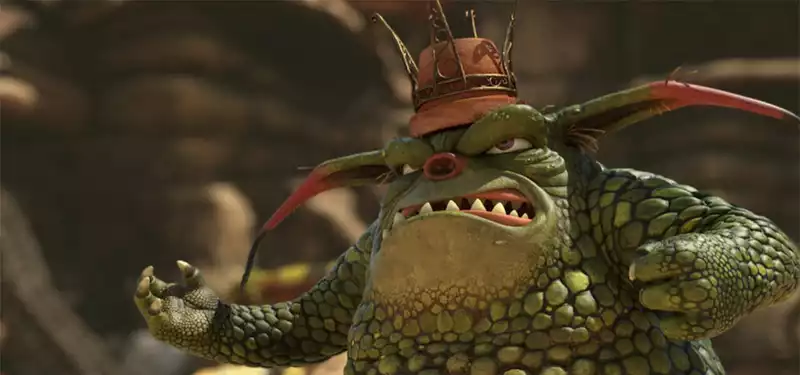Jul 10, 2020
Australian Kids' Content Producers Fear Industry Decline Due to Deregulation
Australian broadcasters have long wanted to shake off quotas requiring them to fund and air locally produced children's programming. The coronavirus outbreak has provided an opportunity to press that claim, and many producers, including the country's animation department, are anxious to do so.
For decades, linear broadcasters have had to fill a 55% Australian content quota alongside sub quotas covering children's programming, drama, and documentaries. They have been required to broadcast at least 260 hours of children's programming and 130 hours of early childhood programming per year; in April, the government suspended these sub-quotas until 2020, but maintained the 55% rule.
This was presented as part of a coronavirus relief package for broadcasters whose advertising revenues have plummeted due to the pandemic. Communications Minister Paul Fletcher explained the policy, stating that the pandemic "has effectively halted the production of screen content in Australia."
The pandemic has also caused a "massive drop in the production of content in Australia.
However, broadcasters had lobbied to reduce or eliminate their broadcast slots long before the coronavirus broke out. With this latest suspension, they have intensified their demands. They argue that if they must air Australian content, they would prefer to air more profitable genres such as reality shows, news, and sports.
According to broadcaster lobby group Free TV, "The quota system has become completely irrelevant to modern Australian families, their children, and their viewing choices. It is time to eliminate quotas and adopt a new approach that recognizes where and what our children are watching."
The quotas have been used as a tool to control the viewing habits of children and their parents, and to ensure that children are not forced to choose between what they watch and what they watch.
Underlying this crisis is a steady flow of viewers to streaming platforms. Linear broadcasters have been losing viewership for years. Bridget Fair, CEO of Free TV, stated that "the average audience for children's programming is below 1,000 and costs continue to rise at a rate that discourages investment in other Australian content that viewers want to watch"
.
Despite what Fletcher says, the pandemic has not put a dent in the animation industry, which accounts for a large percentage of Australia's children's content. Animation producers who have made efforts to shift to telecommuting were heartbroken by the suspension of quotas in April. Patrick Egerton, a partner at animation studio Cheeky Little Media, told Kidscreen at the time:
Clearly, the pressure we are all receiving from Covid-19 is unprecedented, leaving us without an alternative funding model, When I see this abrupt hiatus announced, it feels like the government is throwing a lifeline to the broadcasters and leaving the children's producers to sink. This leaves (some) free-to-air broadcasters out of the mix altogether, leaving producers as the only door knocking on the ABC (Australian Broadcasting Corporation, the public broadcaster) for potential Australian license fees.
The suspension was accompanied by an options paper presenting the government with a range of long-term strategies, from regulating streaming platforms (which streamers are resisting) to ending quotas everywhere. The animation and screen industries as a whole are concerned that the government is leaning toward the latter option. As industry group Screen Producers Australia states:
Given Australia's relatively small size, regulation is fundamental to the strength of the film industry and its ability to deliver cultural and economic outcomes through significant private investment. Without sensible regulation and incentives to encourage investment, Australia's ability to deliver a diverse narrative is at risk of diminishing, requiring more public funding and significantly reducing employment.
Others argue that broadcasters themselves are to blame for the low ratings of children's content. Elizabeth Handsley, president of the Australian Council on Children and the Media, told Guardian Australia:
Over the years, it has been very frustrating to see so much great children's content go unnoticed due to licensee scheduling and 1] Over the years, it has been very frustrating to see so much great children's content go unnoticed due to licensees' scheduling and promotional failures. Even more so when you look at how aggressively the licensees promote many other pieces of content. It is also frustrating to see the government not call licensees out on these practices year after year after year.
In addition, the creative industry is also calling for more funding for state broadcasters to produce indigenous and children's content as a way to compensate for commercial broadcasters' reduced airtime in these categories.
The government has not revealed the exact timing of its decision on television reform. A Fletcher spokesperson said that they are considering all options.
(Top image: Cheeky Little Media's "Bottersnikes and Gumbles")
.



Post your comment